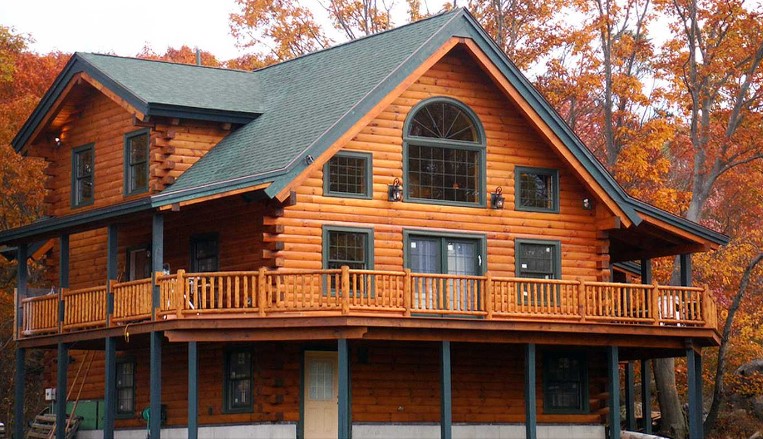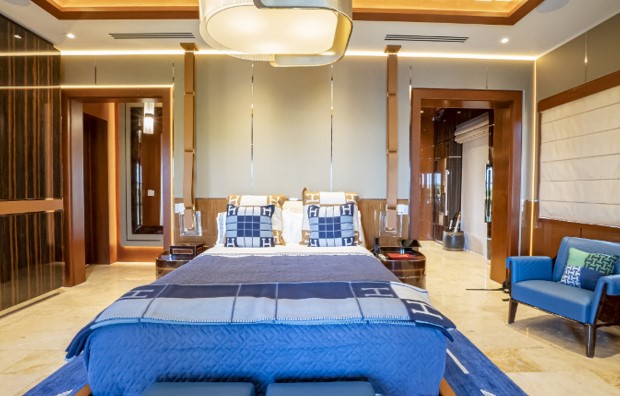Pros and cons of kit home construction

Buying furniture parts to construct it by yourself is common, but ever thought of buying parts and pieces to build an entire home? It is practically not as intimidating as it appears to be. We call it a kit home. A prefabricated home is known as a kit home which is assembled using the pre-cut, packaged, and ready-to-assemble parts. They are also known as mail-order or catalog homes. In essence, they are “do it yourself” (DIY) dwellings.
The typical home-buying process involves searching neighborhoods and websites for the ideal house, followed by tours of the property or stops at open houses. The same kind of experience is not provided by kit homes. You can still browse through them to see which ones you prefer, but instead of going inside one you like, you buy it from the catalog and assemble it yourself.
We have combined some pros and cons of the kit homes for you to conclude whether such an investment is worth it or not!
Pros of kit homes
- Generally economical. It is more expensive to buy an existing land and build a home on it from the scratch as compared to buying the kit home. Even if we include the DIY procedure, the efforts, and the additional material used, a traditional home buying will weigh down the cost of a kit home.
- Comfort of your own home. Feeling of having your own home can not be explained in words. You still get a new home even though you’re purchasing a prefabricated house as opposed to one that was built traditionally. When it’s finished, everything will be fresh and compliant, so you don’t have to worry about fixing an old roof or obsolete electrical wiring.
- Personalized experience. With a kit home, creativity means no bound. You can customize your home as you like. You can achieve the design you want in no time and make your dream home just as special as you.
- Faster assembly. your home will be delivered in only a few weeks and built in another few weeks.
Cons of kit homes
- Difficulty in choosing the location. It is not always easy for your kit home to be established in the location you desire due to the restrictions. Many manufacturers have limited their delivery radius, or if they deliver the costs for the longer drive can be extensively high.
- Sometimes they may cost higher. If you live in a city, a kit home might be less expensive, but for people in rural areas, it might cost the same as conventionally building a home or another kind of prefabricated housing. The final cost may be significantly influenced by location.
- Requires effort. When building a kit home, either you can perform the process as DIY or hire a professional team to build it for you. Compared to purchasing a home that has already been constructed, there is a lot more work for the buyer to do.
- Fewers compliance. Kit homes is a newly emerging concept which is yet to be regulated by the federal government. Due to this factor you can expect drastically varied results from two separate kit makers because there is no minimal standard that all kits must adhere to in order to be shipped out to customers.
Conclusion
Buying a kit home if the situations and conditions rule out in your favor can be extremely economical. However, considering reviews, ratings and thoroughly reading the product descriptions before purchasing a kit home is one thing to keep in mind.








